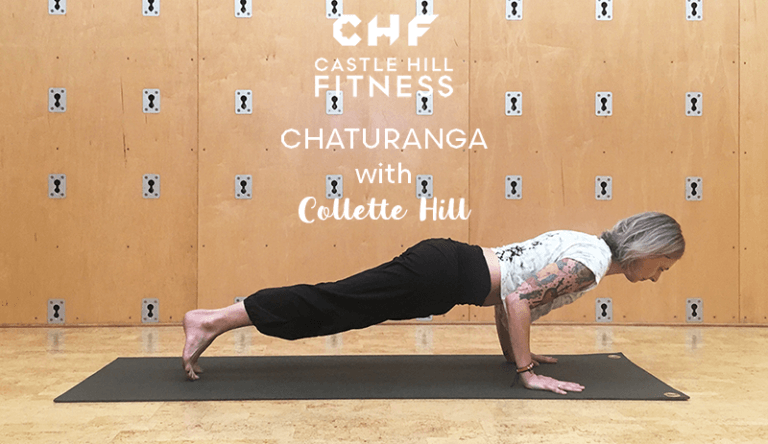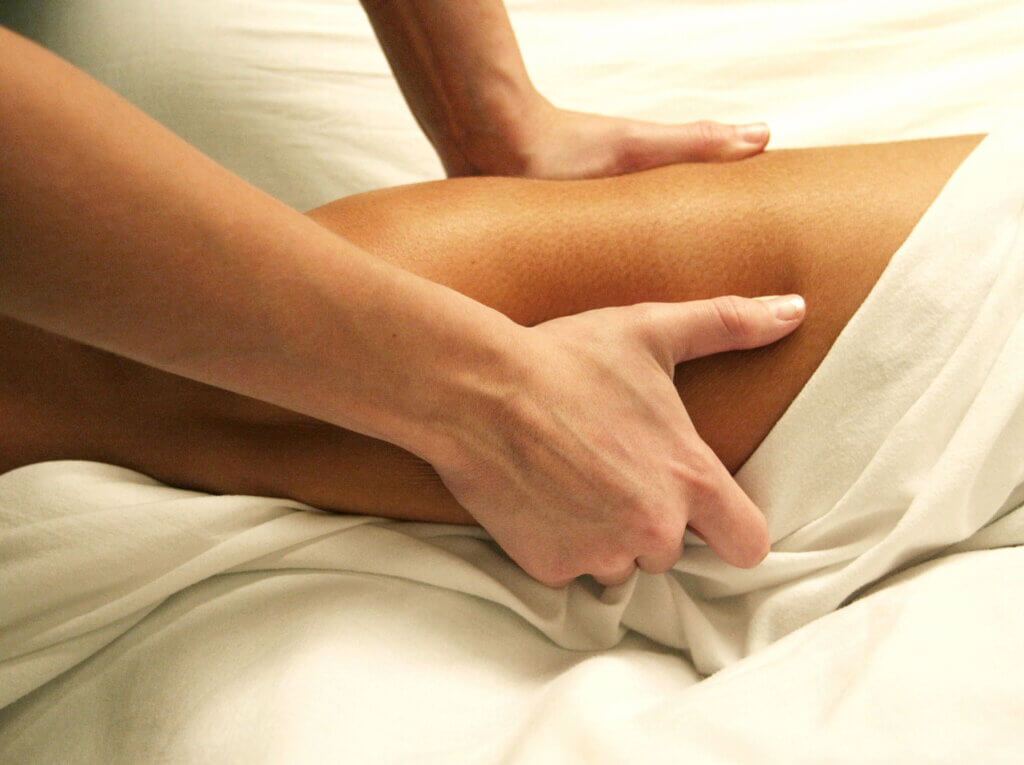
You might have heard the term ‘Manual Lymphatic Drainage’ mentioned a time or two, and the buzz around this intriguing form of body work. Manual Lymphatic Drainage can reduce inflammation, help skin clarity, aid in circulatory benefits, ward of environmental toxins and allergies, reduce scars, improve digestion, and more. Cool! How though?
First, What is the Lymphatic System?
This remarkable system is present throughout the entire human body and consists of lymph vessels and various other organs. Lymphatic tissue is found in all of this. Structures involved in the lymphatic system are:
» Lymph Vessels
» Lymph nodes
» Spleen
» Thymus gland
» Lymphocytes
» Peyer’s Patches
Peyer’s Patches are small masses of lymphatic tissue found in the small intestine which monitor intestinal bacteria populations and prevent the growth of pathogenic bacteria.
So What Does the Lymphatic System Do?
The Lymphatic System is a critical body component that acts as an immunity shield as well as a sewer system. The functions of the Lymphatic system are:
» Return protein and water from the interstitium to the cardiovascular system.
» Absorb protein, fat, and fat-soluble vitamins (Chyle) from the intestinal lymph vessels.
» Recognize and defend against foreign microorganisms and disease.
When foreign cells, cellular waste, and large molecules are inhibited from moving through lymph nodes, inflammation occurs. This is usually why our hip flexors (around the inguinal nodes), armpits (axillary nodes), and the medial knee (popliteral nodes) become tender. The movement of the lymphatic fluid becomes “bottlenecked” and extremities begin to feel heavy, spongy, or sluggish. Areas where the body has endured some sort of trauma or had surgery can often disrupt the original movement of the lymphatic system. Hardness or tension surrounding the scar tissue can occur because of this. The body’s natural fabric of fascia (or connective tissue) becomes compromised and tension begins to pull along fascial lines. As a result, compensation patterns and pain might spring up elsewhere in the body. Aiding the lymphatic system around these “blockages” helps reduce inflammation/pain, ease the tender or sluggish feeling, stimulate the immune system, and smooth out the skin’s appearance.
Biology Lesson Over! Now How to Do Self-Manual Lymphatic Drainage
Manual Lymphatic Drainage is generally light pressure, but the results can be quite immense. This is in part due to the Lymphatic System’s primary function of assisting the immune system and moving alongside the circulatory system.
Consult your physician before performing this on yourself if you have any of the following conditions: Fever, acute infection, early onset inflammatory disease. Circulatory system problems (especially thrombosis), cardiac issues such as heart disease, acute angina pectoris, or coronary thrombosis (heart attack). Active bleeding, internal or external. Active malignant cancers, undiagnosed lumps, or tumors with origins not yet determined by your physician. High risk pregnancy or late-term pregnancy with complications.
Self-Lymphatic Drainage Protocol for Upper Body
This is a great routine for allergy relief!
Breathe
Before doing any of the steps listed below, check in with yourself and breathe. Deep breathing acts like a pump that helps move fluid through the vessels and lymph nodes. Take a slow deep inhale through your nose for six counts and allow your abdomen to gently expand. Hold the breath for two counts. Gradually exhale for seven counts, while allowing your shoulders to drop and neck to relax. Repeat as many times as necessary!
Now for Some Self-Massage
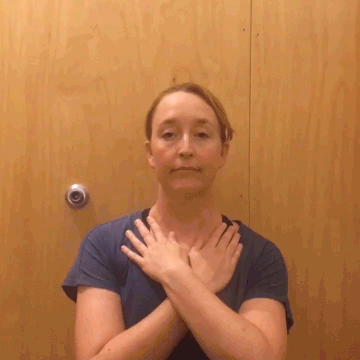
1. Find where your collar bone meets the sternum. Two large ducts run on either side of the neck and down right where collar bones meet. Using a slow circular motion with a downward direction, move the skin as if you are trying to make your freckles gently dance. Make about 10 circles – think ‘Sunrise, Sunset’. Stimulating this area creates a pathway for all the waste lymph to drain down the ducts efficiently.
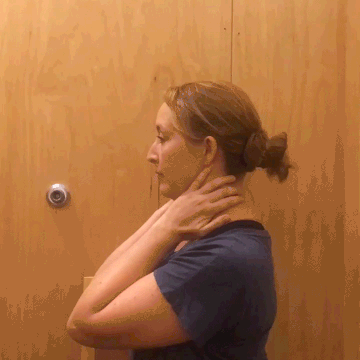
2. With cupped hands, pinkies resting on the skin behind ears and thumbs near the neck’s base, repeat the same circular motion. At this point, you may notice the need to swallow, clear your throat, cough, or even feel your stomach gurgle. These are all great signs that drainage is occurring!
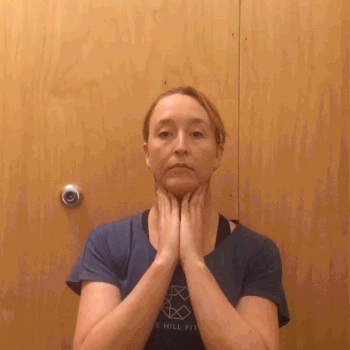
3. Move your fingertips to rest beneath your jawbone. Here, you are apt to feel swollen lymph nodes. Make the circular downward motion 5-10 times with gentle fingertips. You may also use the same technique in various points on the jawbone, starting from beneath the lower lip to the back of the jaw.
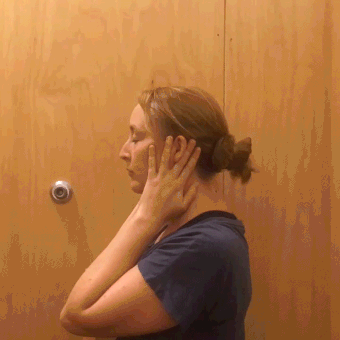
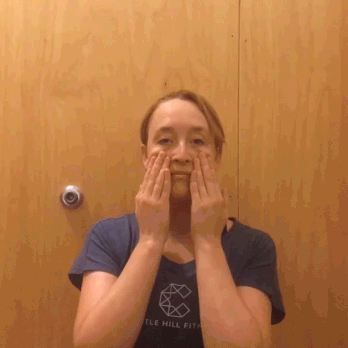
4. Address the areas right in front and behind the ears, as well as either side of the nose. Two-to-three fingertip contact is enough for the circular motion. This movement clears the sinuses, or at least helps when you have allergies or a cold.
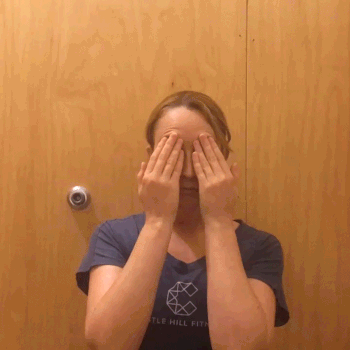
5. Use very light circular motions in a C-shape from the center of your eyebrows down along the orbital bone of the eye, back up to the tail of your eyebrow. This will help de-puff eyes and get circulation going.
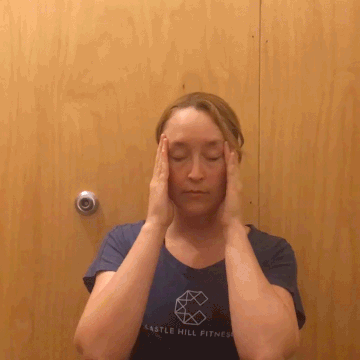
6. Use light pressure around the temples and right in the center of the forehead for about one minute. Follow this with a repeat of steps 1, 2, and 3.
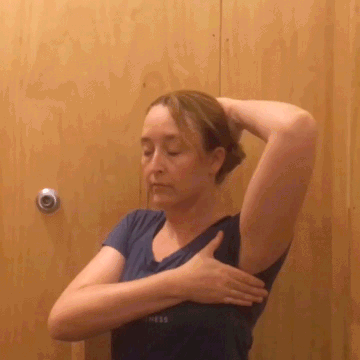
7. The biggie. This area may be stimulated in this sequence or completely by itself to aid in upper torso drainage. Breathe deeply while treating this area. Place your fingertips in your armpit so the heel of your hand is gently cupping the top of your breast tissue. Time for the slow circular motions in a downward direction for ten times. Gurgling stomachs and slight burps are possible as lots of clearing occurs.
For a more in-depth Lymphatic session, or just to nerd out about the wonders of the human body, book an appointment with Lindsay Cordell in our Downtown Spa!
 Lindsay received a Bachelor of Science in Biology from University of Illinois, then promptly escaped the Midwest winters and moved to Austin in 2002. She obtained her LMT certification from Lauterstein Conway Massage School in 2003 and shortly thereafter found herself aiding athletes from around the world. Since 2004, Lindsay has treated people of all ages and bodies from aspiring adolescent athletes, collegiate teams, Olympians, weekend warriors, desk jockeys, boss moms, wise retirees and everyone in between. The passion to understand what her clients were going through led to Lindsay becoming a marathon runner, triathlete, and a coach for the local running group, Austin Fit.
Lindsay received a Bachelor of Science in Biology from University of Illinois, then promptly escaped the Midwest winters and moved to Austin in 2002. She obtained her LMT certification from Lauterstein Conway Massage School in 2003 and shortly thereafter found herself aiding athletes from around the world. Since 2004, Lindsay has treated people of all ages and bodies from aspiring adolescent athletes, collegiate teams, Olympians, weekend warriors, desk jockeys, boss moms, wise retirees and everyone in between. The passion to understand what her clients were going through led to Lindsay becoming a marathon runner, triathlete, and a coach for the local running group, Austin Fit.
With a lifelong desire to learn, Lindsay continues to study multiple fields of bodywork and has obtained certifications in Neuromuscular Therapy, Lymphatic Therapy, Advanced Myofascial Release, and NASM personal training. She has also completed several courses in Craniosacral therapies and is a Massage Therapy Instructor. Along with her pursuit of education, Lindsay enjoys adventures with her husband and 2 darling children: exploring trails, experimenting in the kitchen, jamming out to music, attending films, and traveling.
Want to book a Spa session with Lindsay? Click here to book online!
